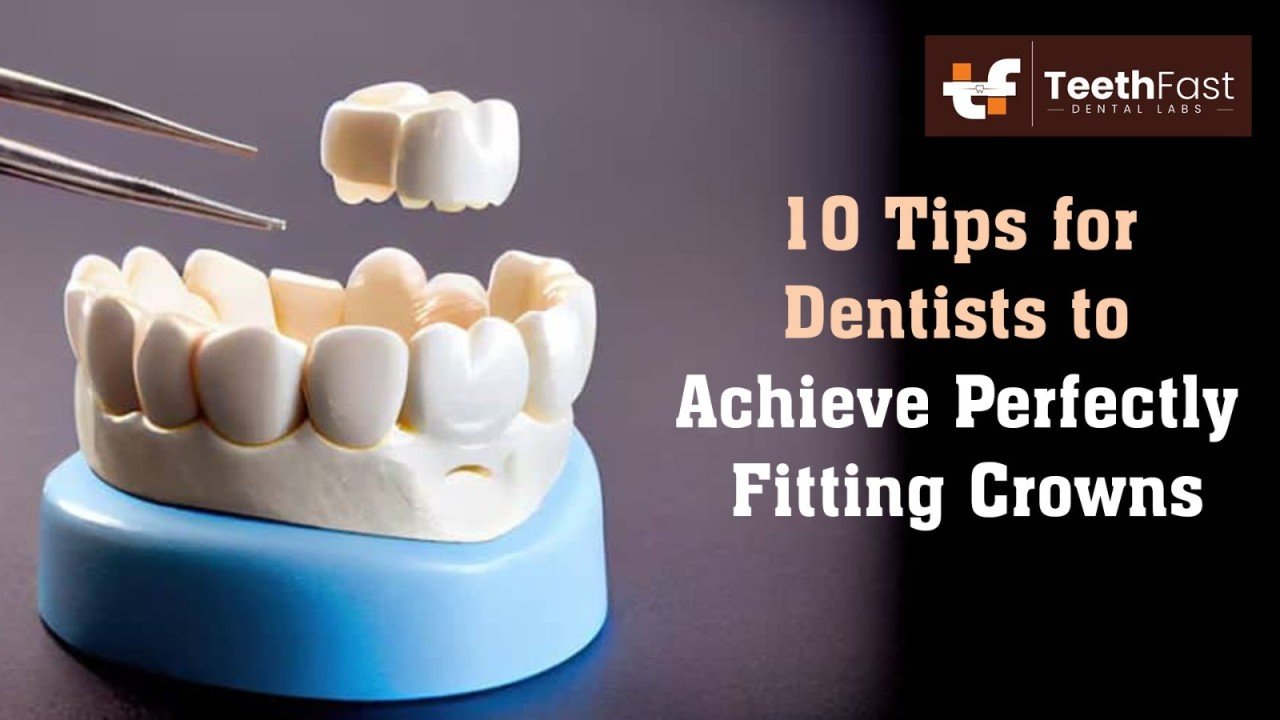In the world of dentistry, technological advancements continue to revolutionize patient care and treatment options. One such innovation is digital dentures, a modern approach that offers a range of benefits over traditional methods. If you're considering digital dentures or simply want to understand this technology better, here’s an in-depth look at 15 key things you need to know.
1. What Are Digital Dentures?
Digital dentures are prosthetic devices designed to replace missing teeth using advanced digital technology. Instead of relying on physical impressions and manual adjustments, digital dentures are created through a digital scanning process, computer-aided design (CAD), and computer-aided manufacturing (CAM). This approach enhances precision, efficiency, and customization in denture creation.
2. How the Process Works
The process for digital dentures involves several steps:
1. Initial Consultation: Your dentist assesses your oral health and discusses your needs.
2. Digital Scanning: A 3D scan of your mouth is taken, capturing detailed images of your oral structures.
3. Design: The scan is used to create a digital model, which is then used to design the dentures with CAD software.
4. Manufacturing: The design is transferred to a CAM machine that fabricates the dentures from high-quality materials.
5. Fitting and Adjustments: The final dentures are fitted, and any necessary adjustments are made for comfort and function.
3. Advantages Over Traditional Dentures
Digital dentures offer numerous benefits compared to traditional methods:
- Accuracy: The digital scanning process provides highly precise measurements, resulting in a better fit and reduced need for adjustments.
- Speed: The design and manufacturing process is quicker, often shortening the overall treatment time.
- Customization: CAD technology allows for detailed customization in terms of size, shape, and color, enhancing both aesthetics and function.
4. Materials Used
Digital dentures are made from various advanced materials, including:
- Acrylic Resins: Commonly used for both the denture base and teeth, offering a balance of strength and natural appearance.
- Zirconia: Known for its exceptional durability, zirconia is often used for denture teeth.
- Thermoplastic Materials: These materials are flexible and lightweight, providing additional comfort and fit.
5. Improved Comfort and Fit
The precision of digital dentures means they often fit better and are more comfortable than traditional dentures. The exact fit reduces the likelihood of sore spots and irritation, leading to a more enjoyable wearing experience.
6. Cost Considerations
Digital dentures can be more expensive than traditional options due to the advanced technology and materials involved. However, many patients find the benefits justify the cost. Prices can vary based on factors such as the complexity of the design and the dental practice's location. Discussing costs and payment options with your dentist can help you manage expenses.
7. Maintenance and Care
Caring for digital dentures is similar to traditional ones:
- Cleaning: Use a denture brush and mild cleanser to keep your dentures clean. Avoid using harsh chemicals or abrasives.
- Regular Check-ups: Schedule periodic visits with your dentist to ensure the dentures fit well and remain in good condition.
- Handling: Handle your dentures carefully to avoid damage, and store them in a safe, moist environment when not in use.
8. Longevity and Durability
With proper care, digital dentures can last many years. The high-quality materials used are designed to withstand daily use and resist wear and tear. Regular maintenance and good oral hygiene can help extend their lifespan.
9. Technological Integration
Digital dentures benefit from integrating advanced technologies, such as 3D printing and CAD/CAM systems. These technologies not only enhance the accuracy and customization of dentures but also streamline the overall process.
10. Customization Options
Digital dentures offer extensive customization possibilities. Your dentist can adjust various aspects of the dentures, including tooth shape, size, color, and alignment, to match your preferences and ensure a natural appearance.
11. Impact on Oral Health
Digital dentures can positively impact oral health. A well-fitting denture reduces the risk of oral sores and infections, and a proper bite can help maintain jaw alignment and overall comfort.
12. Adjustments and Repairs
Digital dentures are generally more precise, reducing the need for frequent adjustments. However, if repairs or adjustments are needed, they can often be made more efficiently due to the digital design records, which can be used to quickly create replacements or modifications.
13. The Future of Digital Dentures
The field of digital dentures is continually evolving. Future advancements may include more sophisticated materials, improved scanning technology, and enhanced customization options. These developments promise to offer even greater benefits and solutions for patients.
14. Choosing a Provider
Selecting a dental provider experienced in digital denture technology is crucial. Look for a dentist who stays updated with the latest advancements and has a successful track record with digital dentures. A knowledgeable provider will ensure that you receive high-quality care and a well-fitted denture.
15. Patient Experience and Feedback
Patients who have experienced digital dentures often report high levels of satisfaction. The precision, comfort, and aesthetic results frequently lead to positive feedback. If you’re considering digital dentures, talking to other patients who have undergone the process can provide valuable insights and reassurance.
Conclusion:
Digital dentures represent a significant advancement in dental prosthetics, offering enhanced accuracy, comfort, and customization compared to traditional methods. By understanding the key aspects of digital dentures, you can make an informed decision about whether they are the right choice for you. Consult with your dental professional to explore how digital dentures can improve your oral health and quality of life.






